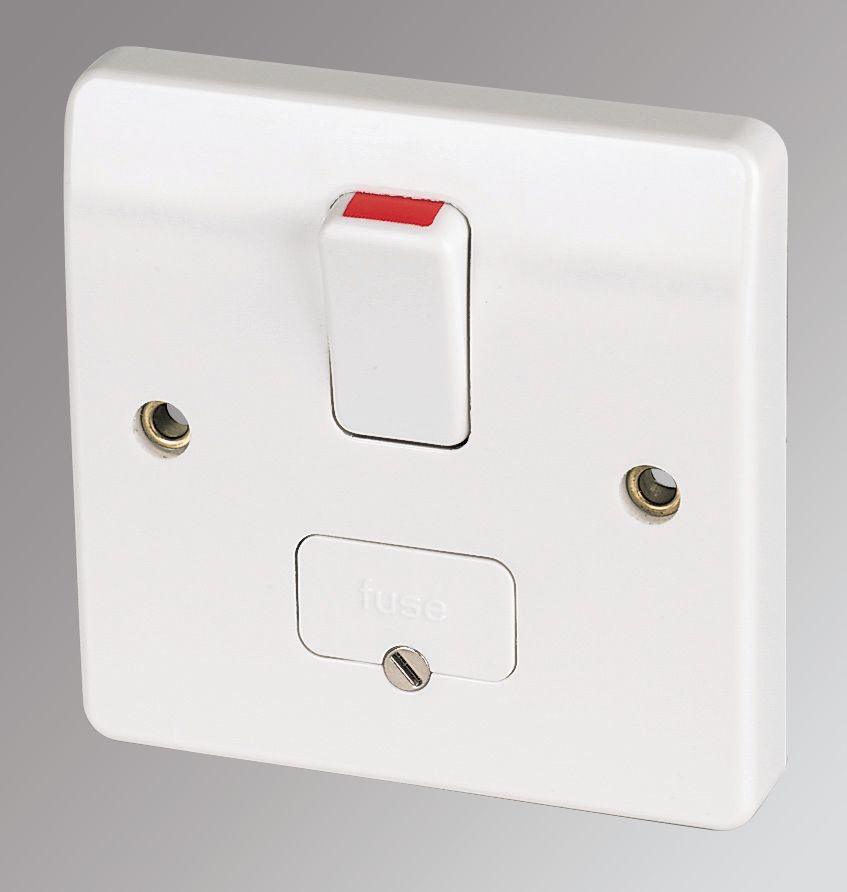Permabanned
- Joined
- 28 Nov 2003
- Posts
- 10,695
- Location
- Shropshire
It wouldn't make a diference if it was DC either, the load on either side of the source is equal.It’s AC. Doesn’t make a difference
It wouldn't make a diference if it was DC either, the load on either side of the source is equal.It’s AC. Doesn’t make a difference
 .
.I'm pretty sure an AFDD (Arc Fault Detection Device) in your consumer unit would have protected you and stopped it getting to that state.
On the flip side though the AFDD would have been nuisance tripping until you twigged that it tripped while the machine was on.
So the washing machine just tripped half the house, on examination I was confronted with an electrical smell of burning, moved machine out had a look at the plug


So my question is, do I need a chap to look at the machine, or do i need an electrician to come check the plugs?
What's the most likely cause of this fire on the terminal?

I would consider that but it is from a fused isolator socket, and I would like the entire run tested by someone who knows what they are doing, just so i can be reassured that it is safe, don't want any incidents from a socket that is hidden under a worktop and isn't accessible without moving the machine.
There is a switched fused spur above the worktop as an isolator switch for the socket that is below the worktop surface, so not sure if a second one down below would be of any help.I'd replace the socket with a Fused Spur imho.

MK Logic Plus 13A Switched Fused Spur & Flex Outlet White - Screwfix
Order online at Screwfix.com. 13A. Double pole fused connection unit with flex outlet. FREE next day delivery available, free collection in 1 minute.www.screwfix.com
Unless it needs to be a socket because access is tight.
Probably wouldn't use the cheapest thing I could find, given the fault that occurred. Worth dropping a whole fiver at leastReplace the socket yourself? They are only a couple of quid in somewhere like Screwfix.
Edit: £1.59 https://www.screwfix.com/p/13a-1-gang-sp-switched-plug-socket-white/9597d

Probably wouldn't use the cheapest thing I could find, given the fault that occurred. Worth dropping a whole fiver at least
Probably wouldn't use the cheapest thing I could find, given the fault that occurred. Worth dropping a whole fiver at least

Only corner socketsDo Gucci make plug sockets


